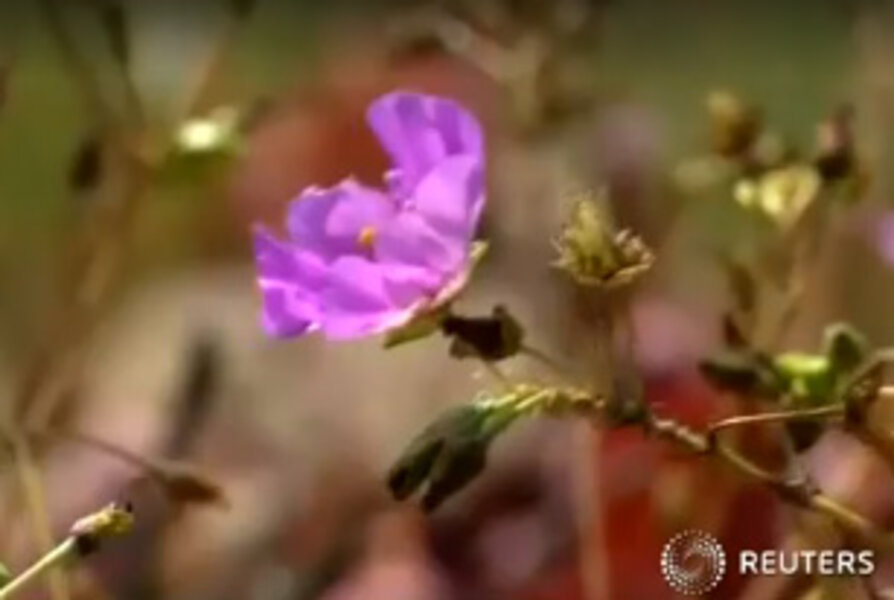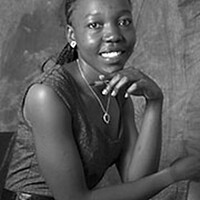Why carpets of flowers are now thriving in the 'driest place on earth'
Loading...
A rare bloom has turned part of the arid Chilean desert into a sea of brilliant pink flowers.
The Atacama Desert, the driest non-polar place in the world that spans from Chile to Peru, has been transformed into a lush carpet of wildflowers, a phenomenon that only occurs when enough rain has fallen, the Spanish news service EFE reports.
Devastating floods in the country's north region earlier this year killed 25 people and left thousands homeless. Experts say that the strong rains are behind this year's particularly gorgeous natural event.
"The Atacama region was punished, but also blessed by the phenomenon of a flourishing desert, something that happens only after the rains, this time brought about by El Niño and climate change," Daniel Diaz, National Tourism Service director in Atacama, told EFE.
"The intensity of blooms this year has no precedent," Diaz said. "And the fact that it has happened twice in a same year has never been recorded in the country's history. We are surprised."
The Atacama Desert is home to over 200 plant species. Mallow is the most dominant of these flowers, covering the desert in pink blooms.
“The malva (or mallow) flowers on the floor of the Atacama desert bloom every five to seven years, usually coinciding with El Niño. But they have been taking advantage of this year’s particularly rainy conditions, leading to the 'most spectacular blossoming of the past 18 years,'” the Washington Post reports.
This year’s El Niño is expected to be one of the strongest on record. El Niño – Spanish for 'the boy' – is an anomalous warming in the Pacific Ocean that forms every two to seven years.
The floral phenomenon happening in the Chilean desert is known as a "flowering desert" and is a popular attraction for locals and tourists alike. According to Chilean tourism officials, 2015 is one of the strongest flowering years in nearly two decades.
The spectacle will not last for much longer as the landscape is expected to return to normal in November.
The Chilean desert is not the only arid place that blooms after a rainy season. According to the Smithsonian Magazine, each spring, the Antelope Valley California Poppy Reserve, located in the desert's western tip, explodes into a sea of orange California poppies.
The Utah desert also bursts with colorful flowers after a heavy rain season.






